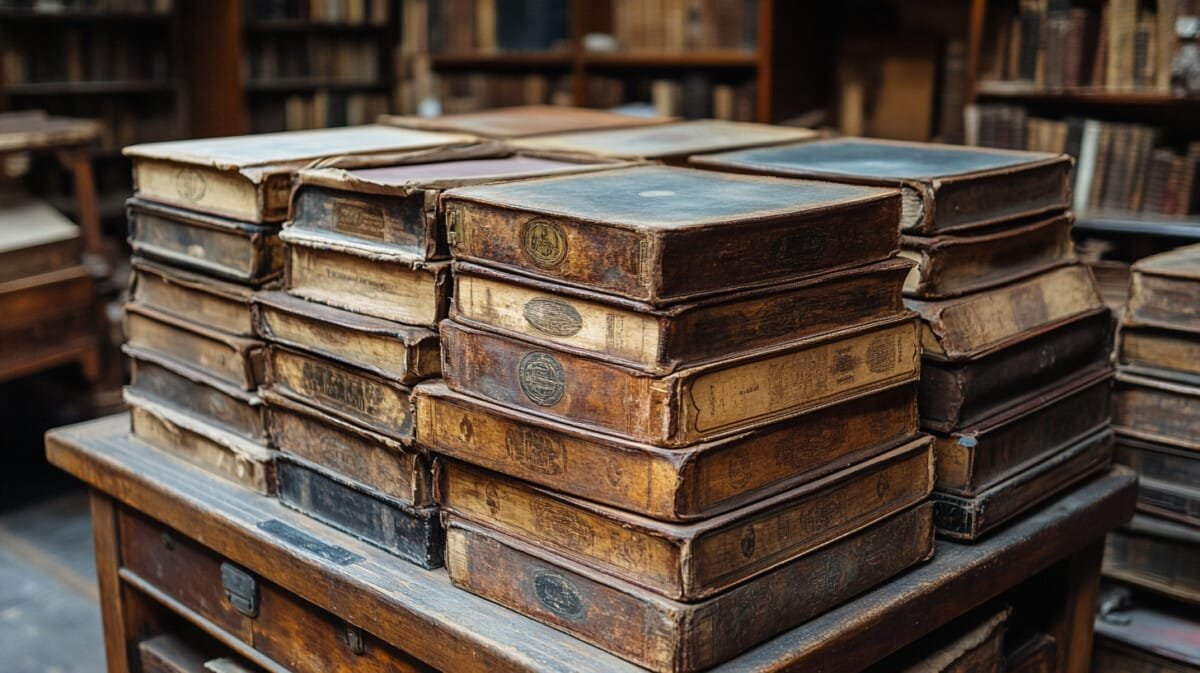📋 Table of Contents
- The Renaissance: A Period of Intellectual Synthesis
- Astronomy in the Renaissance: A New Perspective of the Heavens
- Music and the Harmony of the Spheres
- Religious Interpretations of Astronomy and Music
- The Scientific Revolution and Its Impact on Music and Religion
- Notable Figures Bridging Astronomy, Music, and Religion
- The Lasting Legacy of Renaissance Thought
- Frequently Asked Questions
The Renaissance was a transformative era that saw the revival of classical knowledge and the merging of diverse disciplines. Astronomy, music, and religion, which had been separate domains, became deeply intertwined through philosophical and scientific advancements. The belief in a universe governed by harmony led to an exploration of celestial mechanics, mathematical ratios in music, and theological interpretations. This article examines how these fields influenced each other and shaped Renaissance thought.
The Renaissance: A Period of Intellectual Synthesis
The Renaissance, spanning the 14th to 17th centuries, was a period of intellectual flourishing in Europe.
Humanism, a movement emphasizing classical learning and individual potential, played a significant role.
Scholars sought to integrate knowledge across various disciplines, including astronomy, music, and religion.
Mathematics became a unifying language, used to explain celestial movements and musical harmony.
The rediscovery of ancient Greek and Roman texts fueled a deeper exploration of the natural world.
Scientific inquiry was often framed within a theological context, aiming to reveal divine order.
The Renaissance laid the groundwork for future developments in science, music theory, and religious philosophy.
Astronomy in the Renaissance: A New Perspective of the Heavens
Astronomy underwent a significant transformation during the Renaissance.
Nicolaus Copernicus proposed the heliocentric model, challenging the Ptolemaic geocentric system.
Observations by Galileo Galilei, using the newly developed telescope, confirmed Copernican ideas.
Johannes Kepler formulated laws of planetary motion, revealing mathematical patterns in the cosmos.
These discoveries reinforced the notion of a harmonious universe governed by mathematical principles.
Astronomers often framed their findings within religious narratives, seeing them as evidence of divine order.
The intersection of science and faith shaped both ecclesiastical responses and future scientific advancements.
Frequently Asked Questions
How did the Renaissance influence the relationship between astronomy, music, and religion?
The Renaissance encouraged an interdisciplinary approach, linking celestial movements, musical harmony, and theological concepts.
What was the “Music of the Spheres” theory?
It was a philosophical concept suggesting that planetary motions created a form of divine music, though inaudible to human ears.
Did religious institutions support Renaissance astronomy?
Initially, many religious authorities opposed heliocentric ideas, but some scholars integrated them into theological interpretations.
How did Kepler and Galileo contribute to Renaissance thought?
Kepler provided mathematical models for planetary motion, while Galileo’s telescopic observations offered empirical evidence supporting heliocentrism.
How was music theory connected to astronomy?
Mathematical ratios governing musical scales were seen as analogous to planetary orbits, reinforcing the idea of a harmonious universe.
Which Renaissance figures contributed to both music and science?
Figures like Johannes Kepler and Vincenzo Galilei explored mathematical relationships in both astronomy and music.
What lasting impact did these intersections have?
They influenced the Scientific Revolution, modern music theory, and theological perspectives on science.
Tags: Renaissance, Astronomy, Music, Religion, Copernicus, Kepler, Galileo, Harmony, Scientific Revolution, Theology
